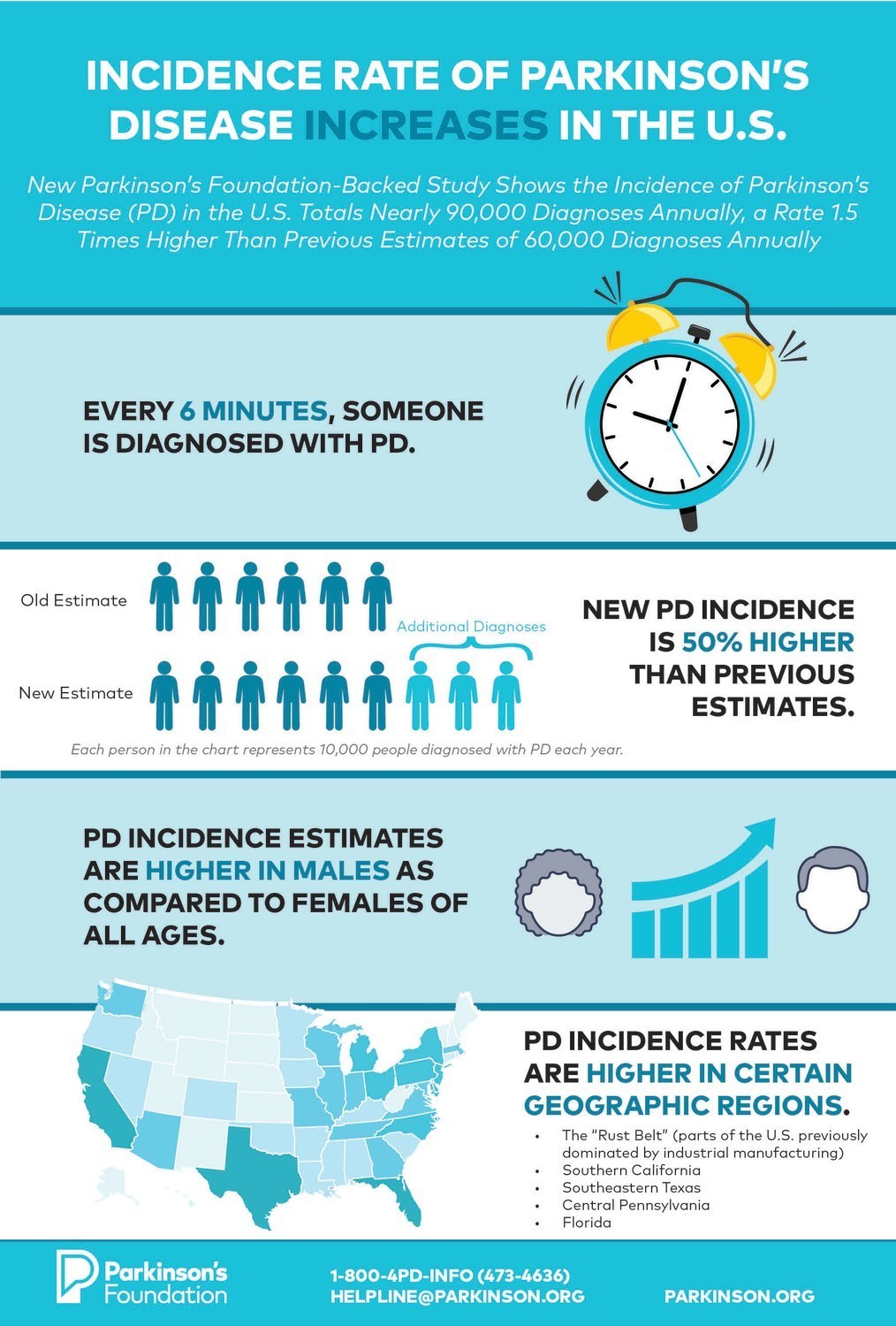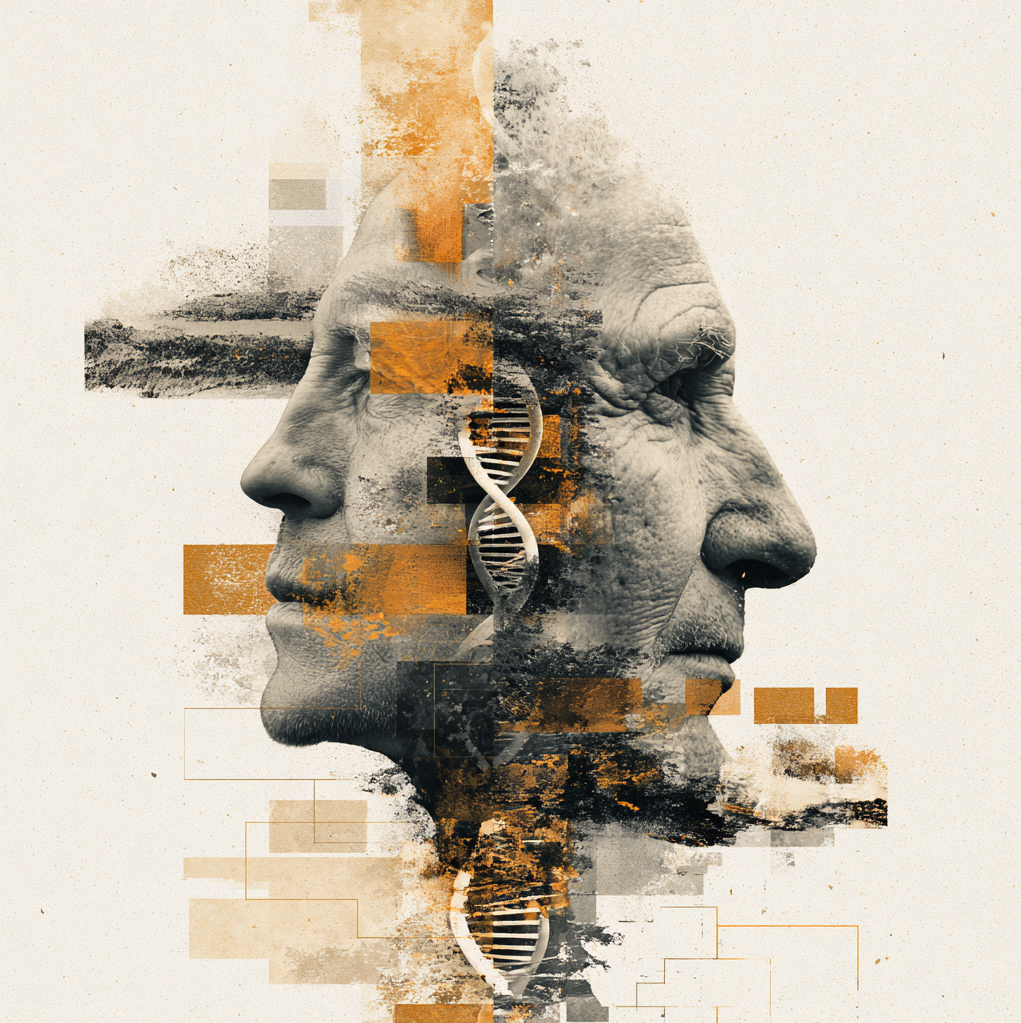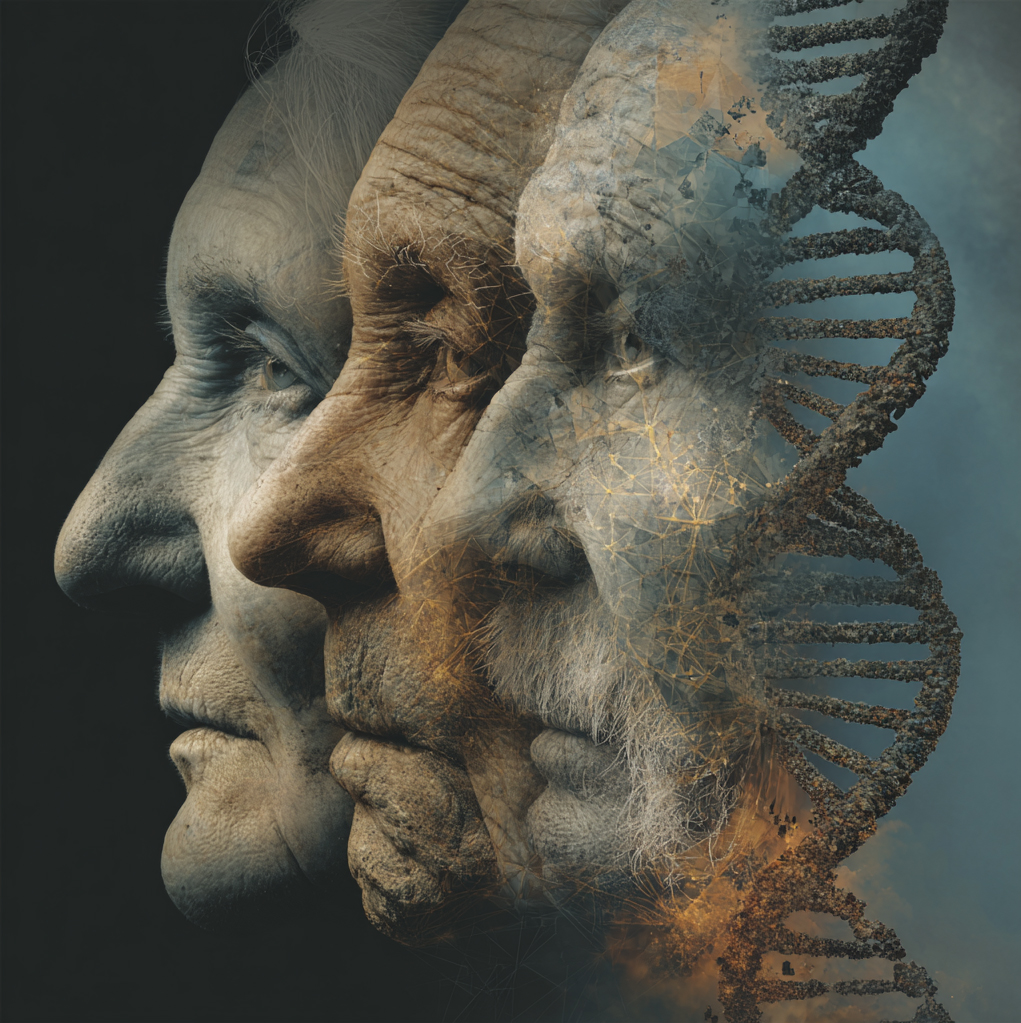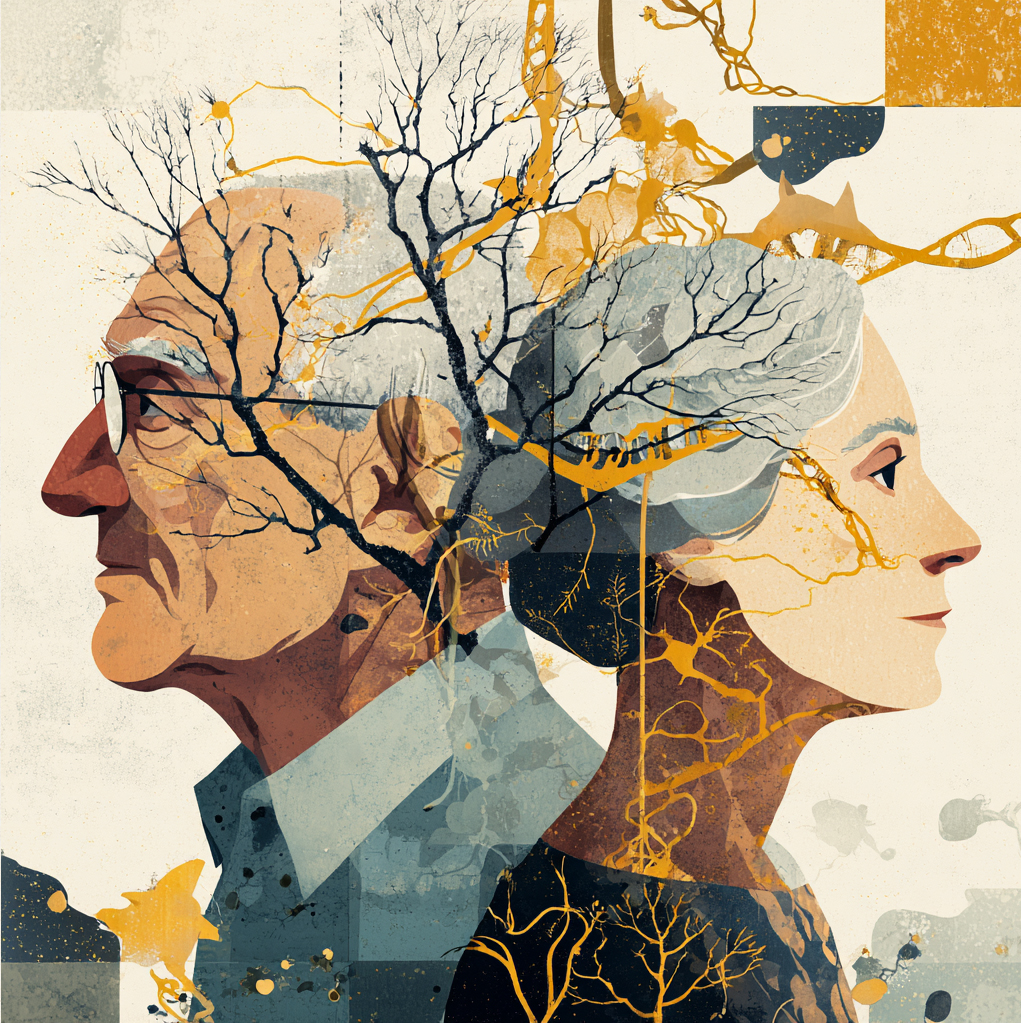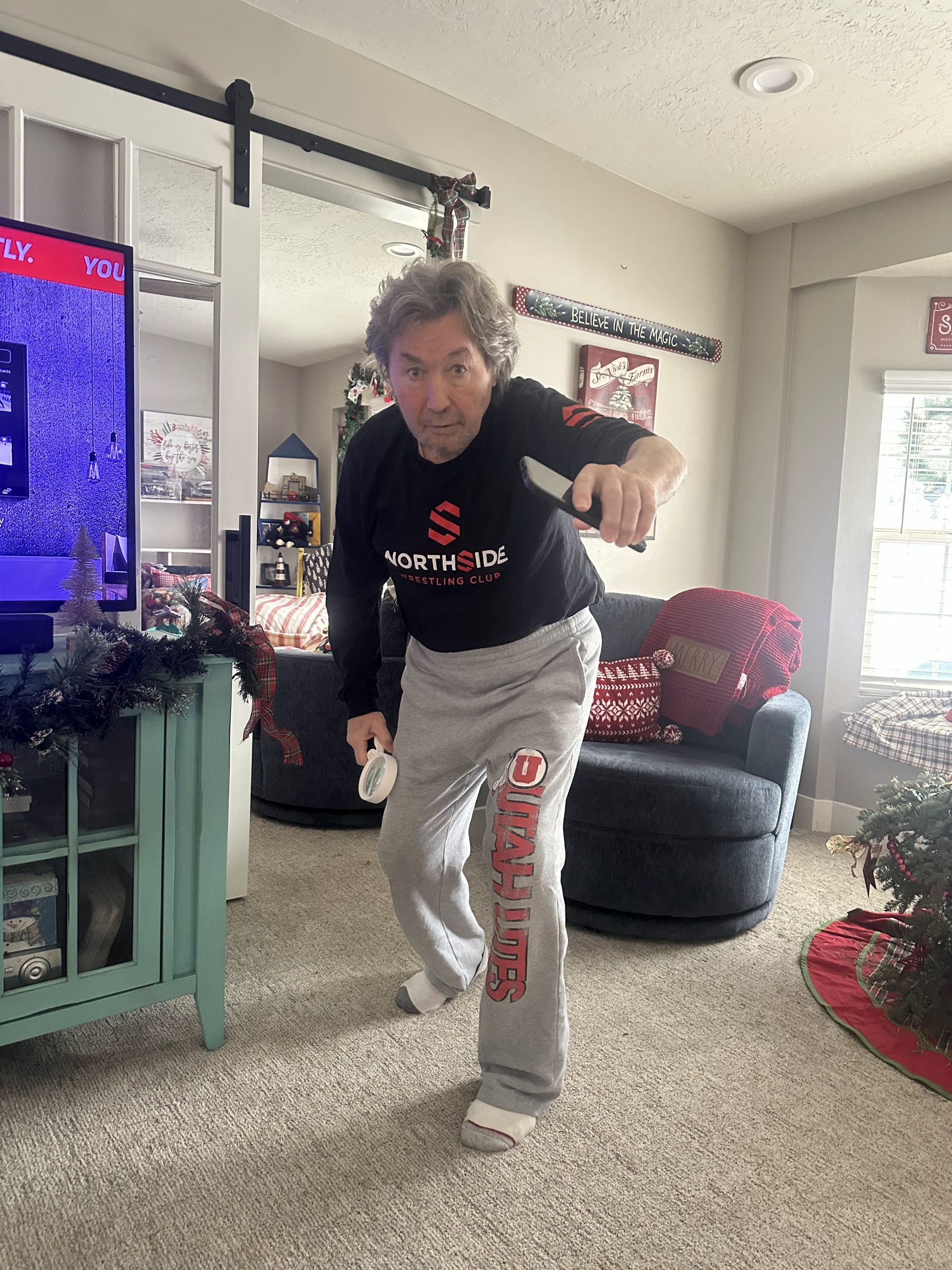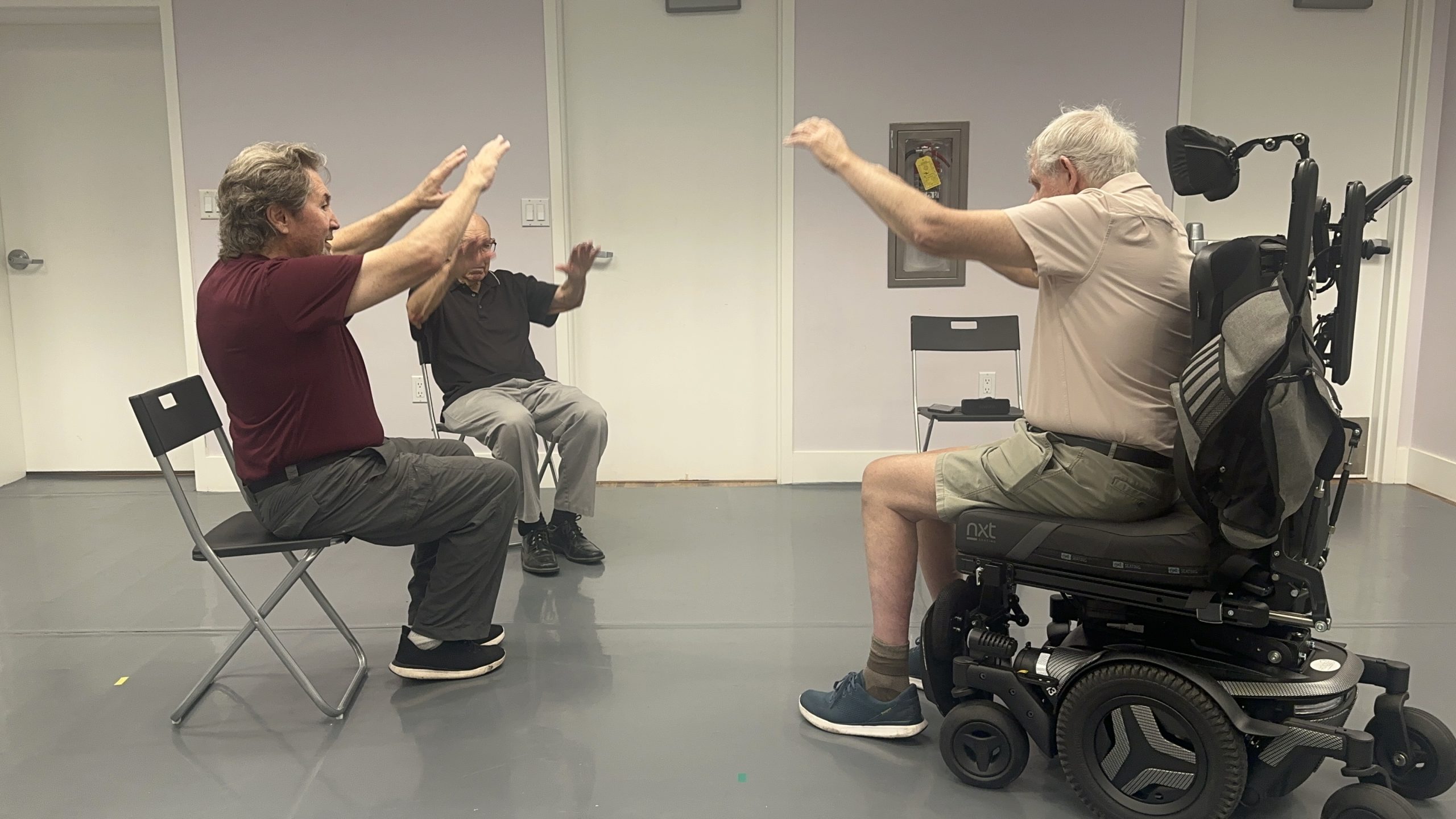What is Parkinson's Disease?
Parkinson’s disease is rising in the U.S.
Neurological disorders are now the leading source of disability worldwide, and PD is the fastest-growing neurological disorder. According to the Parkinson’s Foundation, nearly one million people in the U.S. are living with the condition. This number is expected to rise to 1.2 million by 2030.
Who has Parkinson’s disease? Each year, approximately 90,000 Americans are diagnosed with PD. The incidence of the condition increases with age; however, an estimated 4% of people are diagnosed before the age of 50.
How does Utah compare?
How does Utah compare with the U.S.? In Utah, there are more than 6,500 individuals living with PD. In 2022, Utah had the highest rate of Parkinson’s disease-related deaths per 100,000 people in the United States, as reported by the Parkinson’s Foundation.
In a recent conversation with Dr. Jumana Alshaikh, a neurologist and movement disorders specialist at the University of Utah Health Center, the high prevalence of PD in Utah is an interesting observation that is not fully understood yet. It is thought that the high prevalence of PD in Utah could be caused by an interplay of genetic predisposition in combination with certain environmental factors and healthcare awareness and diagnosis.
Research suggests age, gender, genetics and environment play a role in developing the disease
Most people diagnosed with PD are around 60 years old, and men are 50% more likely to develop the condition than women. Former NFL player Brett Favre was diagnosed with PD in 2024 at age 54, attributing his condition to possibly suffering over 1,000 concussions during his 20-season career. Although medical opinions widely vary, a 2020 study published in Family Medicine and Community Health supports his theory, stating that a single concussion increases the risk of developing Parkinson’s by 57%. Favre now advocates for football player safety.
Genetics loads the gun and environment pulls the trigger.
Actor Michael J. Fox a well-known advocate for people with Parkinson’s disease was diagnosed with the condition at age 29. He feels partying may have contributed to his Parkinson’s disease diagnosis in 1991. Fox has made the statement; “Genetics loads the gun and environment pulls the trigger.”
Environmental Factors
“We do think that environmental factors could play a role in the risk for developing PD,” Alshaikh said. “For many of those environmental factors that could be associated with a higher risk of PD we don’t have high quality evidence yet to directly blame that environmental factor as the cause, since association does not necessarily mean causation. Also, many people are exposed to these same environmental factors and never get PD.”
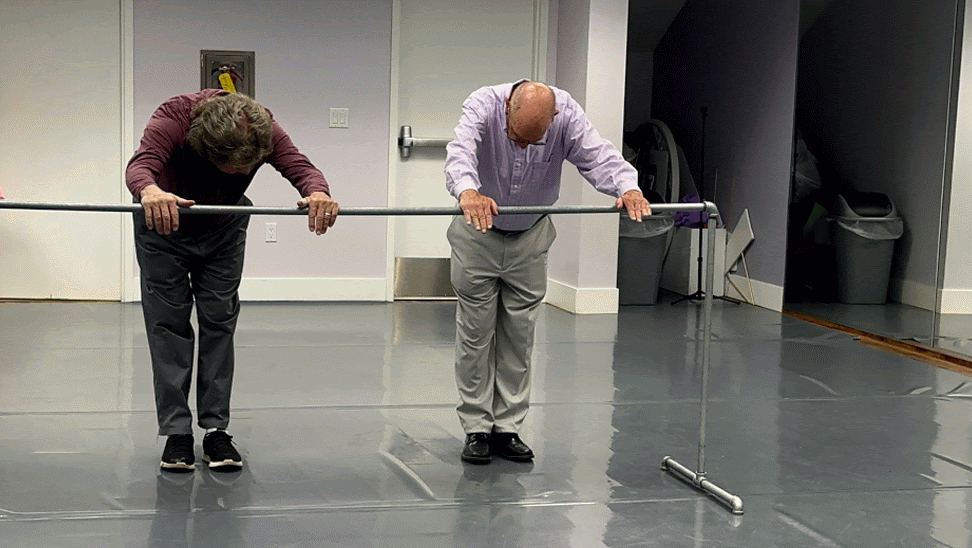
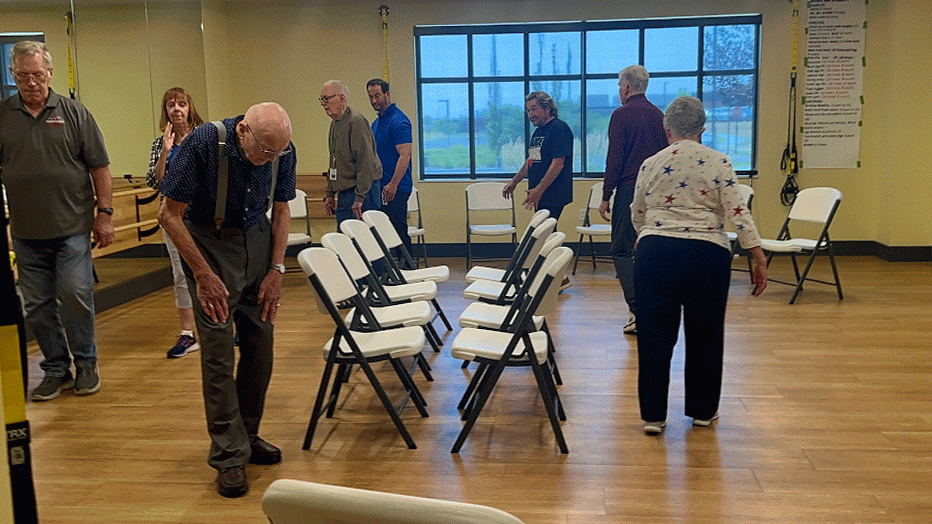
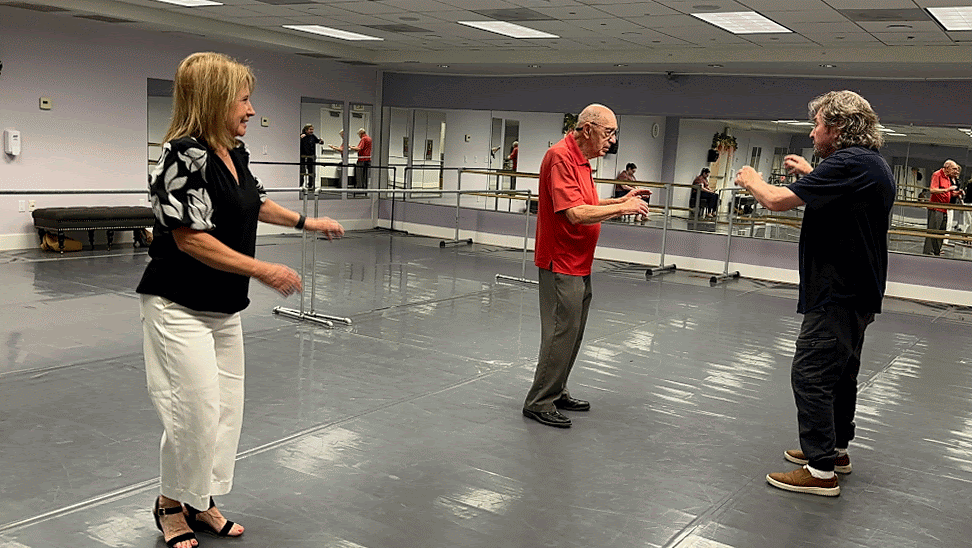
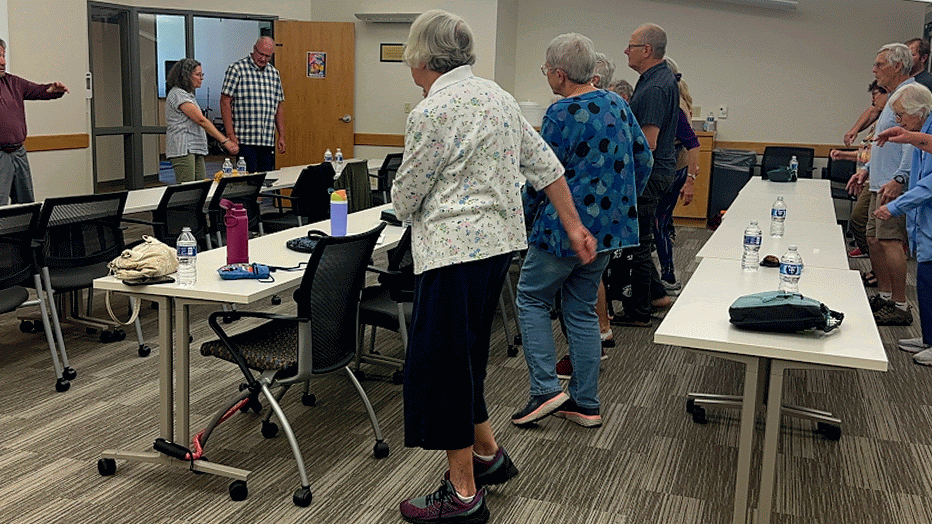
Exercise has been found to be one of the most effective treatments for PD
“Although exercise is great for many reasons,” Alshaikh said, “exercise does not cure PD or reverse the brain damage that has already happened. Still, exercise is important for PD patients for the following reasons:
- It can slow down the rate at which the disease is progressing in the brain.
- It can train PD patients to make their movements faster and bigger.
- It can improve the response to PD medications making them work better
and feel more effective. - It can improve cognition and reduce the risk of cognitive decline.
- Exercise enhances mood and can help improve anxiety and depression.
- Improved sleep quality, improved healthy gut movement.
- Increased mobility and reduced pain related to muscle stiffness, helps
keep bones strong. - Exercise reduces the risk of other health conditions such as diabetes,
stroke, heart disease that could further negatively impact quality of
life for patients with PD. - Prioritize a healthy lifestyle and positive outlook
What to Prioritize?
According to Alshaikh, PD can manifest differently in each person. Symptoms, challenges and the rate of progression vary widely. Seeing someone with more advanced symptoms doesn’t necessarily predict one’s future, as each journey with PD is distinct. It’s important to focus on the things you can control. Prioritize brain health, maintain an active lifestyle through regular exercise, and establish care with a neurologist experienced in treating PD.
Alshaikh said, “Remember, while PD may present challenges, there is power in focusing on what you can do today to improve your well-being and contribute to the larger fight against the disease.”
A Call to Action
April is Parkinson’s awareness month. Get involved by helping to make a difference for those living with Parkinson’s disease.
“You can contribute to the fight against PD by volunteering for research studies that advanced our understanding and treatment of the disease,” Alshaikh suggests. “Alternatively, you could support the community by donating time, resources or money or by sharing your story to raise awareness and inspire others.”
GET INVOLVED
Connect
To make a donation to the Parkinson’s Foundation visit:
www.movingDaySaltLakeCity.org.
For more information about the Parkinson’s Foundation, contact Kristin Courington at kcourington@parkinsons.org.
Sidney Heil, Parkinson’s Outreach Department of Neurology, University
of Utah, is a resource for people who have recently been diagnosed with Parkinson’s disease.
Contact her at 801-585-2354.
